Why We Pay for Things We Don't Need: Costly Signaling
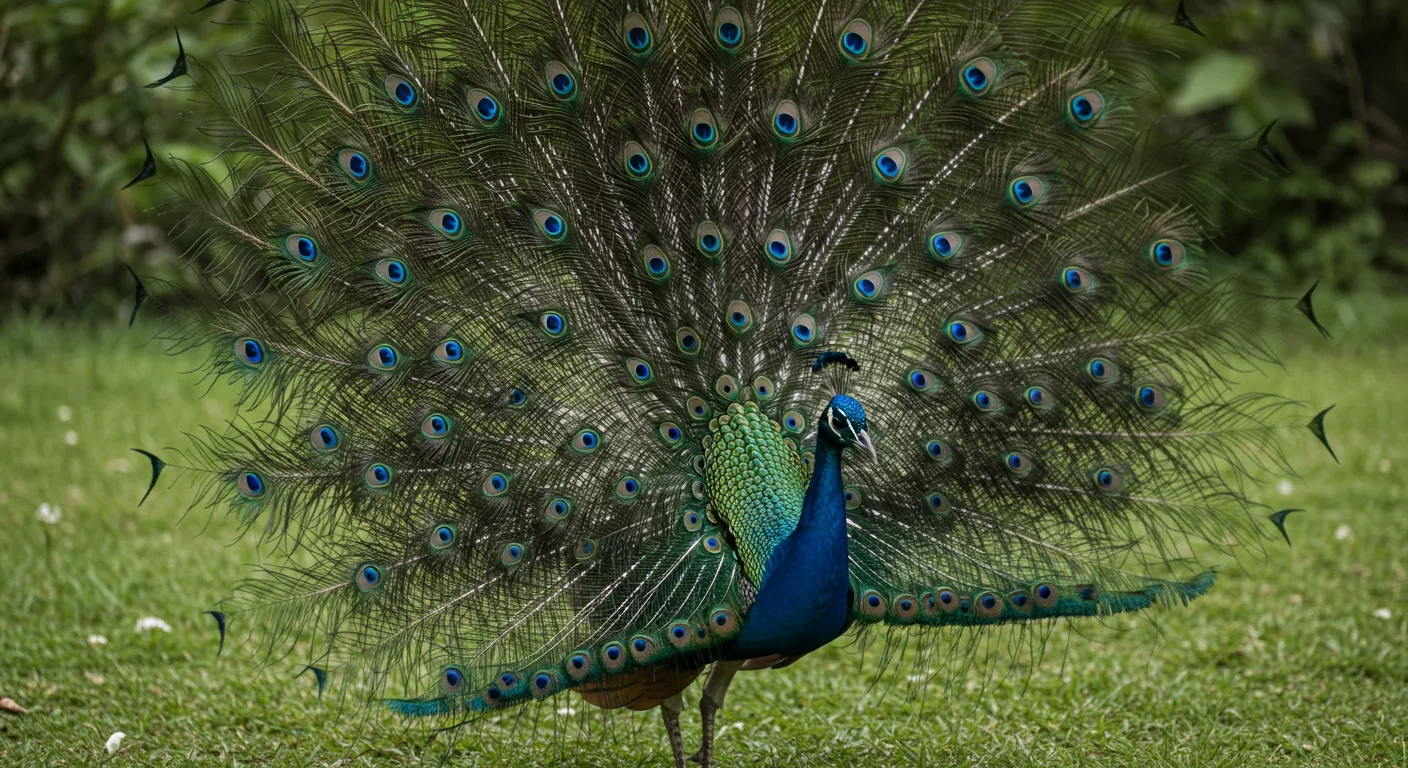
TL;DR: Cryptomnesia—unconsciously reproducing ideas you've encountered before while believing them to be original—affects everyone from songwriters to academics. This article explores the neuroscience behind why our brains fail to flag recycled ideas and provides evidence-based strategies to protect your creative integrity.
You're sitting at your desk, fingers flying across the keyboard, crafting what feels like the most original paragraph you've ever written. The ideas flow effortlessly, each sentence building on the last with a clarity that surprises even you. You lean back, satisfied. This is yours—purely, authentically yours.
Except it might not be.
Chances are, you've experienced cryptomnesia without even knowing it. This peculiar quirk of human memory causes us to unconsciously recycle ideas we've encountered before, mistaking them for fresh insights born from our own minds. It's not deliberate theft or conscious plagiarism—it's your brain playing tricks on you, and the implications ripple through everything from creative work to academic research to legal disputes over intellectual property.
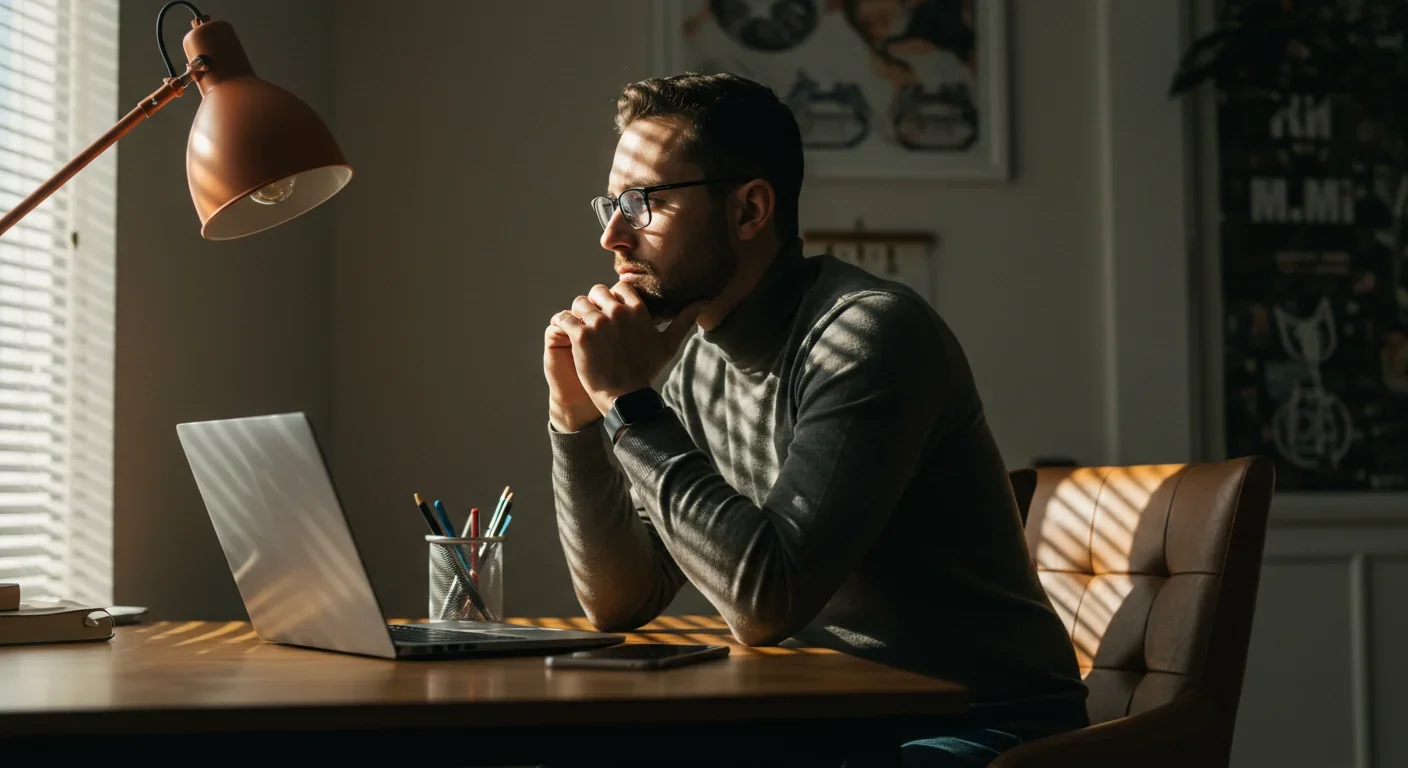
Cryptomnesia literally means "hidden memory." It's a form of misattribution error where the unconscious influence of memory causes current thoughts to be wrongly attributed as novel. Unlike deliberate plagiarism, there's no intent to deceive. Your brain simply fails to flag the source of information, presenting old input as new output.
The phenomenon emerges from what cognitive scientists call source-monitoring failure. Every day, your brain processes thousands of pieces of information—conversations, articles, social media posts, podcasts, lectures. Some get stored in long-term memory, but the metadata about where they came from often gets stripped away during memory consolidation. Later, when you retrieve that information, your brain can't distinguish between ideas you generated internally and concepts you absorbed externally.
Think of it like finding a $20 bill in your coat pocket months after someone gave it to you. You remember having the money, but you've completely forgotten how it got there. In cryptomnesia, the "money" is an idea, and the forgotten origin is someone else's work.
Memory for source information decays faster than memory for content itself—you might remember a fact years later but have no clue where you learned it.
A landmark 1993 Stanford study demonstrated this effect with elegant simplicity. Researchers had participants play a word-puzzle game where they generated solutions alongside computer-generated answers. When tested later, participants frequently reproduced the computer's solutions while expressing high confidence that these were their own original ideas. The more time passed between exposure and retrieval, the more likely cryptomnesia occurred.
Understanding why cryptomnesia happens requires looking inside the brain's memory machinery. Multiple neural systems work together to form and retrieve memories, but they don't always cooperate perfectly.
The hippocampus plays a central role in forming new memories and initially binding contextual details to information. However, it's the prefrontal cortex—particularly the ventromedial regions—that handles source monitoring, the process of determining where a memory came from.
Damage to these brain regions significantly increases false recognition rates. Studies comparing patients with frontal lobe damage to age-matched controls show dramatically higher levels of source-monitoring errors in the damaged group. They remember information accurately but can't reliably identify its origin.
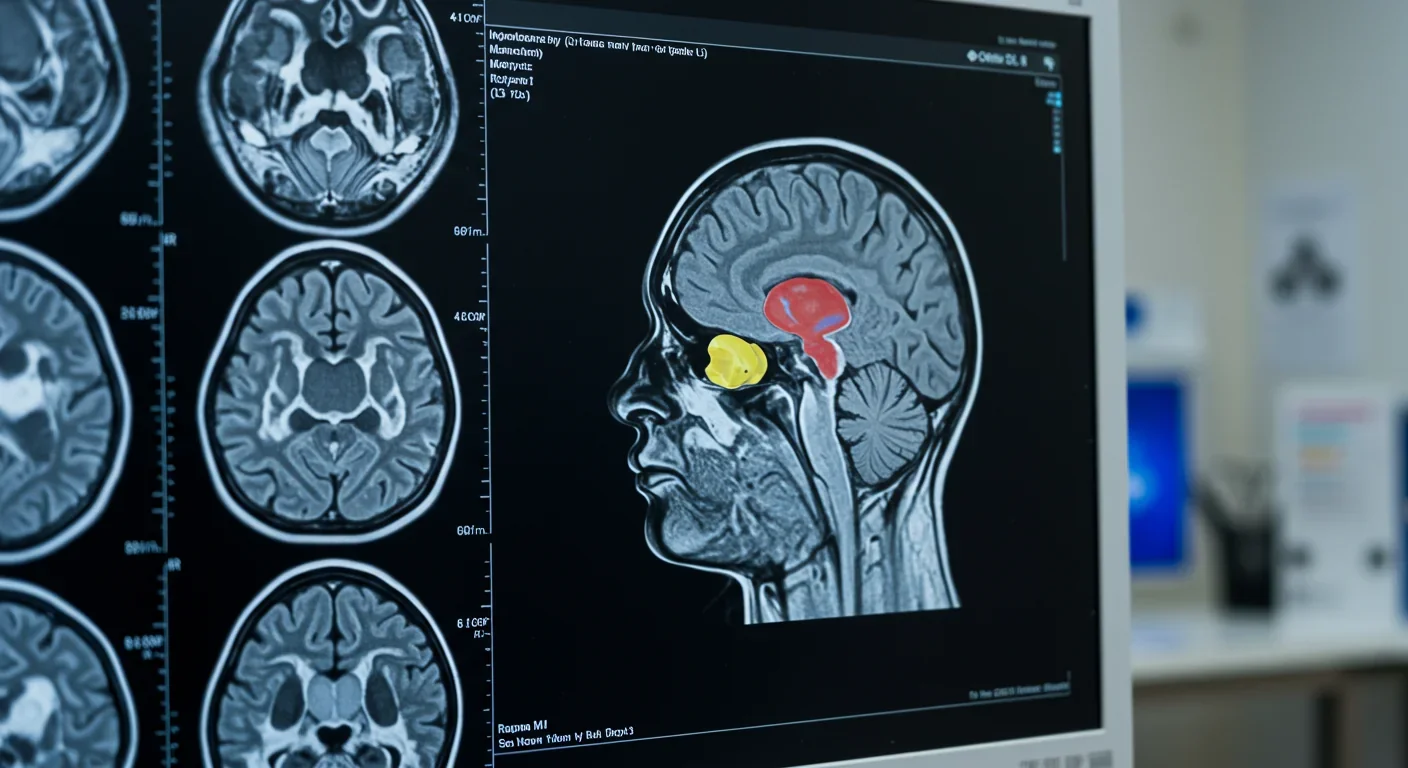
Even in healthy brains, the system has vulnerabilities. Memory consolidation, the process that stabilizes memories for long-term storage, tends to preserve gist over detail. You remember the core idea—"caffeine improves focus"—but forget whether you read it in a scientific paper, heard it in a podcast, or learned it from a friend. This gist-based encoding makes semantic information highly accessible but strips away episodic context.
Processing fluency plays a role too. Ideas that come to mind easily feel familiar, and we often misinterpret that fluency as evidence of originality. In a classic 1978 experiment by Whittlesea, participants were more likely to falsely recognize highly predictable words as previously seen, simply because processing them required less cognitive effort. The smoothness of retrieval became a misleading signal.
Recent research reveals another wrinkle: the greater the semantic similarity between presented and associative words, the higher the likelihood of false recognition. If you've read extensively about artificial intelligence, you're more likely to unconsciously reproduce AI-related concepts you've encountered, because your brain has built dense networks of interconnected ideas in that domain. Expertise becomes a risk factor for cryptomnesia.
George Harrison learned about cryptomnesia the expensive way. In 1970, he released "My Sweet Lord," a spiritual anthem that topped charts worldwide. There was just one problem—it sounded remarkably like "He's So Fine," a 1963 hit by The Chiffons. Harrison faced a plagiarism lawsuit that culminated in a landmark 1976 court decision.
The judge ruled that Harrison had indeed infringed copyright, but acknowledged the plagiarism was likely unintentional. Harrison had heard "He's So Fine" years earlier, and the melody had lodged in his subconscious. When he sat down to write, his brain served up that familiar musical pattern without flagging its external origin. The court accepted that Harrison genuinely believed he'd created something new, but ultimately, intent didn't matter for copyright purposes. Cryptomnesia cost him $587,000.
"I genuinely believed I'd created something new. My brain had stored a melody from years earlier and presented it to me as original inspiration."
— The Harrison case demonstrates how cryptomnesia can have expensive legal consequences
Helen Keller faced similar accusations in 1892 when she published "The Frost King," a short story written at age 11. Critics noticed striking similarities to "The Frost Fairies" by Margaret Canby, published years earlier. The revelation devastated Keller, who had no memory of encountering Canby's work. She later wrote that the incident made her question every word she wrote, fearing her thoughts were merely echoes of others' voices.
Academic circles aren't immune. A 2024 study examining plagiarism patterns in universities found that unintentional plagiarism increased significantly during and after the COVID-19 pandemic, likely due to the shift to online learning and information overload. Students absorbed ideas from numerous digital sources and struggled to track their origins.
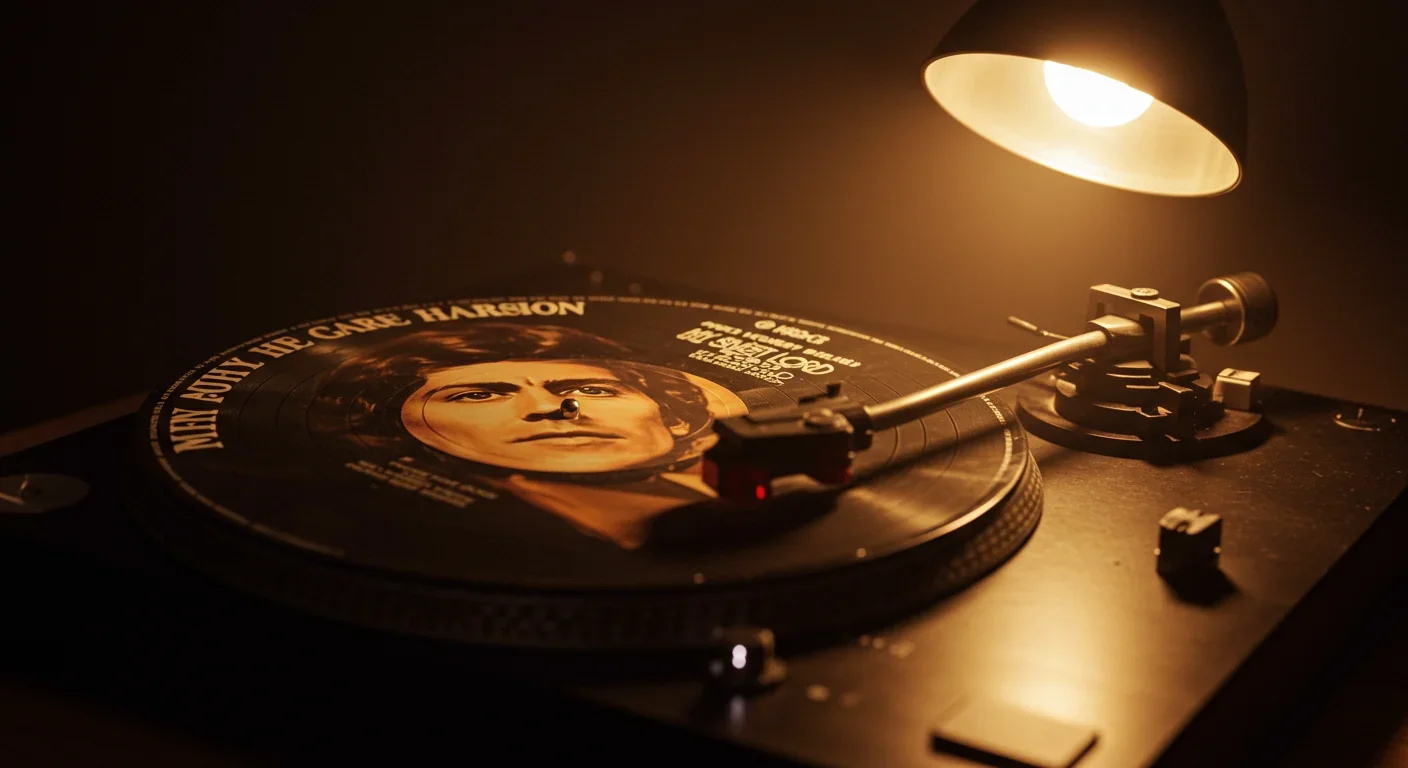
The phenomenon extends beyond individuals to entire societies through what researchers call social cryptomnesia. Groups forget the origins of social progress, attributing changes that activist minorities fought for to spontaneous societal evolution. The people who originally advocated for now-mainstream ideas get erased from collective memory—a form of cryptomnesia at the cultural level.
If cryptomnesia was a problem in George Harrison's era, it's exponentially worse today. We're drowning in content. The average person encounters roughly 100,000 words daily through various media—equivalent to a 300-page novel. Every. Single. Day.
This information overload creates ideal conditions for cryptomnesia. More input means more opportunities for source-monitoring errors. The sheer volume makes it nearly impossible to mentally catalog where every idea originated. You might read a brilliant insight on Twitter at breakfast, a similar concept in a newsletter at lunch, and a variation in a podcast during your commute. By evening, when you're brainstorming, which source does your brain credit? Often, none of them.
The rise of generative AI introduces a troubling new dimension. A 2025 study published on arXiv examined what researchers call the "AI memory gap"—users' inability to accurately remember what they created with AI assistance versus what they created independently. Participants consistently misremembered the source of ideas, sometimes claiming AI-generated content as their own work and other times attributing their original thoughts to the AI.
The average person now encounters 100,000 words daily—the equivalent of a 300-page novel—creating unprecedented opportunities for source-monitoring errors.
This matters because AI tools are becoming collaborative partners in creative work. If you use AI to brainstorm, draft, or revise content, you're increasing the number of "sources" your brain needs to monitor. But unlike reading a colleague's email or a published article, AI interactions feel conversational and immediate. The lines blur more easily.
Certain conditions dramatically increase cryptomnesia risk. Time is the most significant factor. Memory for source information decays faster than memory for content itself. You might remember a fascinating fact about quantum entanglement years after reading it, but have no clue where you learned it. Source amnesia accumulates with age—both the age of the memory and the age of the person.

Cognitive load plays a role too. When you're stressed, tired, or juggling multiple tasks, your prefrontal cortex functions less efficiently. Source monitoring requires attention and executive control, both of which suffer under cognitive strain. A 2024 study found that multitasking during information consumption significantly increased later source-monitoring errors.
Familiarity breeds confusion. The more you know about a topic, the more material you've encountered, and the harder it becomes to distinguish one source from another. This creates a paradox—expertise, which should enhance creativity, can actually increase the risk of unconscious plagiarism in your area of specialization.
Generation effect adds another layer. When you actively engage with information—taking notes, summarizing in your own words, or explaining to someone else—you remember it better. But this enhanced retention comes with a cost. The generative processing makes the information feel more like your own, even when it originated externally. Students who rewrite source material in their own words often fall victim to this effect, confident they've synthesized original insights when they've actually just rephrased someone else's work.
Semantic similarity matters too. Ideas that closely align with your existing knowledge structures are more likely to be misattributed. If someone presents a concept that fits perfectly into your mental models, it can slip seamlessly into your thinking without triggering any "external source" flags.
The line between unconscious reproduction and intentional theft might seem obvious, but in practice, it's maddeningly unclear—even to the person involved.
Intent is the theoretical dividing line. Plagiarism involves knowingly presenting someone else's work as your own. Cryptomnesia involves genuinely believing you've created something original. But how do you prove what someone believed? Even to yourself?
Forensic linguists and plagiarism detection software focus on patterns. Deliberate plagiarists typically copy extended passages, often making minor word substitutions or rearrangements. They might change "utilize" to "use" or flip sentence structures, but the underlying content remains essentially identical. The pattern suggests awareness of the source material.
Cryptomnesia usually manifests differently. The reproduced content tends to be shorter—a phrase, a concept, a structural approach rather than verbatim paragraphs. There's often some transformation, because you're reconstructing from memory rather than copying from reference. You might unconsciously reproduce the core metaphor from an article but apply it to a different context.
Temporal patterns offer clues too. If someone produces work strikingly similar to a source published just days earlier, deliberate plagiarism becomes more likely. Cryptomnesia typically requires time for source memory to fade. Though not always—highly memorable phrases can embed themselves quickly.
"Legal systems generally don't care about intent when it comes to copyright infringement. Accidental infringement is still infringement."
— Legal precedent from copyright cases involving cryptomnesia
But here's the uncomfortable truth: legal systems generally don't care about intent when it comes to copyright infringement. The Harrison case established this precedent. Accidental infringement is still infringement. You can't reproduce someone else's copyrighted work and escape liability by claiming you forgot where it came from.
You can't eliminate cryptomnesia entirely—it's built into how memory works—but you can significantly reduce its frequency and impact through systematic practices.
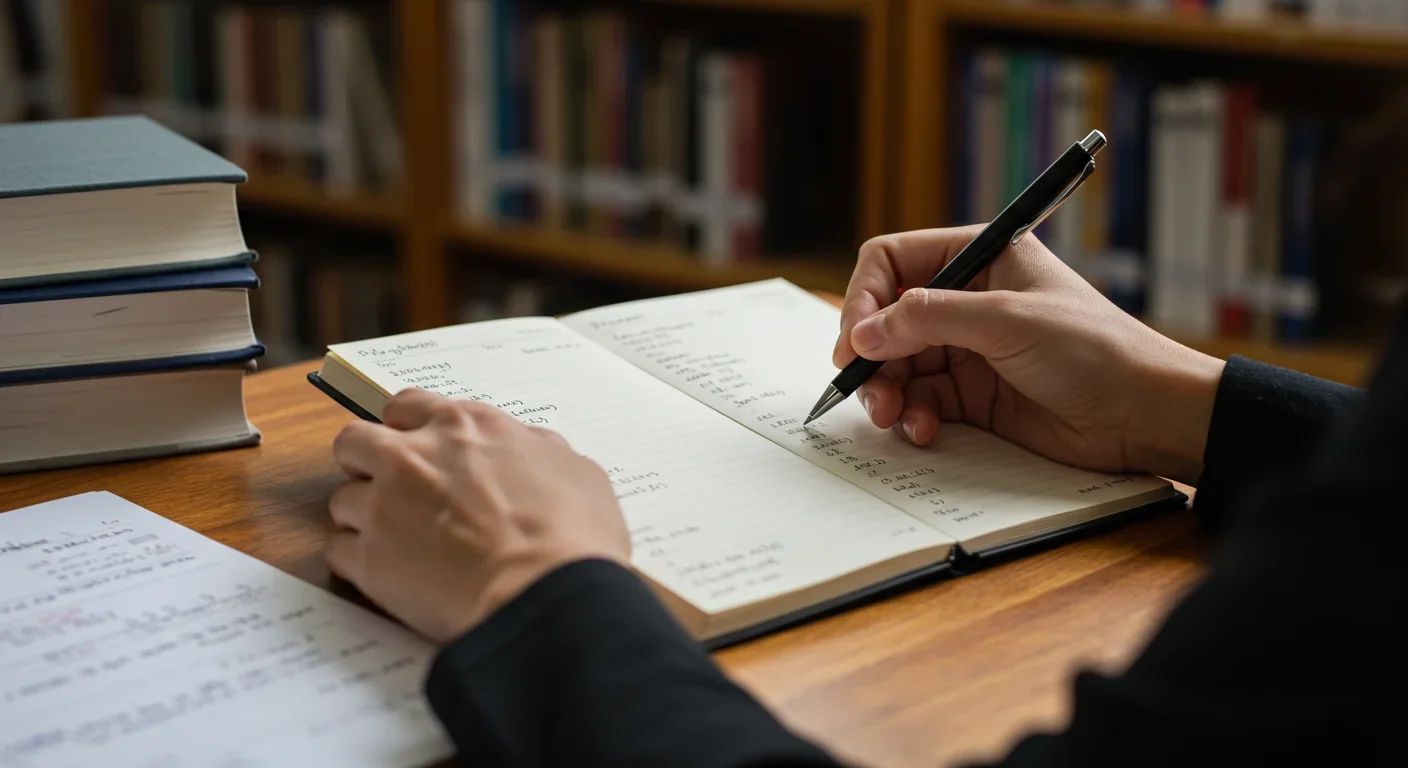
Documentation is your first line of defense. Maintain detailed records of your research and ideation processes. When you encounter interesting ideas, note not just the concept but the source, date, and context. Digital tools like Notion, Obsidian, or even simple text files with timestamps create a trail you can review later. Many writers maintain "inspiration journals" where every entry includes attribution information.
Implement temporal gaps between research and creation. This counterintuitive strategy works because it gives you time to forget the specific wording and structure of sources while retaining conceptual understanding. If you research AI ethics on Monday and write about it on Tuesday, you're more likely to unconsciously reproduce specific phrases. If you wait a week or more, you'll think about the concepts without being primed by recent exposure to particular formulations.
Deliberate paraphrasing during the research phase helps too. When you take notes, don't transcribe passages verbatim unless you're capturing a direct quote. Force yourself to rephrase ideas in your own words immediately, and mark clearly when you're quoting versus summarizing. This creates psychological distance between source material and your own thinking.
Collaborative review catches what you miss. Have colleagues or editors read your work specifically looking for passages that sound "too polished" or ideas that seem insufficiently developed. These can be red flags for unconscious reproduction. Fresh eyes often spot similarities to existing work that your own source-blind memory misses.
Plagiarism detection software serves as a safety net, though it has limitations. Tools like Turnitin, Quetext, or Grammarly's plagiarism checker can identify when your writing matches existing published content. They won't catch everything—they struggle with paraphrased material and can't access all sources—but they'll flag obvious cases you might have missed.
Implement temporal gaps between research and creation. Wait a week or more before writing about material you've researched to reduce unconscious reproduction of specific phrases.
The generation approach requires special care. When you're actively transforming source material through summarization or synthesis, implement strict attribution protocols. Even if you've completely reworded something, if the underlying idea came from someone else, cite them. Better to over-attribute than to under-attribute.
For visual and musical creators, the principle extends to non-verbal domains. Keep logs of reference images, musical influences, and inspirational works. When you create, periodically step back and ask, "Does this remind me of anything I've seen/heard before?" Often, forcing that explicit comparison can jog loose half-forgotten influences.
Build in waiting periods before publication. Let your work sit for days or weeks, then review with fresh perspective. You might suddenly recognize an unattributed influence that seemed invisible when you were deep in the creative process.
Academic institutions grapple with thorny questions about how to handle cryptomnesia. Should students face the same consequences for unconscious plagiarism as for deliberate cheating? Most universities answer yes—their plagiarism policies focus on the act rather than the intent. A student who submits work containing unattributed material faces sanctions regardless of whether the copying was deliberate.
This creates real problems, especially in fields requiring extensive reading. A literature PhD student might consume hundreds of articles and books during their research. Expecting them to remember every source of every idea sets an impossible standard. Yet the alternative—excusing all unintentional plagiarism—creates equally troubling incentives.
Some institutions are experimenting with preventive approaches rather than purely punitive ones. They teach explicit source-tracking strategies in research methods courses, require students to maintain annotated bibliographies throughout their writing process, and use plagiarism detection software formatively (to help students identify problems before submission) rather than just punitively.
Professional contexts create different pressures. In journalism, business writing, and creative industries, the expectation isn't just avoiding plagiarism—it's producing distinctive original work. Cryptomnesia poses a threat to your professional reputation even when there are no legal consequences. If you're known as someone whose ideas sound suspiciously familiar, your credibility suffers regardless of intent.
The rise of content creation as a career amplifies these stakes. YouTubers, podcasters, bloggers, and newsletter writers produce enormous volumes of material under tight deadlines. The pressure to publish frequently increases both information consumption (you need constant input for ideas) and cognitive load (you're always juggling multiple projects). Both are risk factors for cryptomnesia.
Some professional writers implement rigid systems to combat this. They maintain databases of every article they reference, use versioning systems to track how ideas evolved through drafts, and schedule regular "audit sessions" where they review published work against their source libraries to catch any overlooked attributions.
Here's the uncomfortable reality underlying all discussions of cryptomnesia: genuinely original ideas are vanishingly rare. Most creativity involves combining, transforming, or applying existing concepts in new contexts. As the saying goes, "Good artists copy, great artists steal"—though the quote's origin is itself disputed, which feels appropriate.
The cognitive mechanisms that enable creativity are the same ones that cause cryptomnesia. Your brain's ability to unconsciously process and recombine stored information generates both genuine innovation and accidental plagiarism. You can't easily separate them because they emerge from the same neural processes.
Memory research suggests that breakthrough insights often arise when people unconsciously connect previously separate pieces of information. The medial temporal lobe forms associations between disparate memories during sleep and rest periods. You go to bed stuck on a problem, and wake up with a solution—not because you consciously reasoned through it, but because your sleeping brain recombined stored information in novel ways.
But this same associative process can lead you to unconsciously reproduce someone else's specific formulation of an idea. The brain doesn't distinguish between "useful existing pattern to recombine" and "copyrighted material that needs attribution." Both are just stored information available for use.
This creates a genuine dilemma for creative professionals. Complete avoidance of influence is impossible and undesirable—it would require never reading, listening, or learning from others. But uncritical absorption of influence risks unconscious reproduction. You need to find a middle path.
Some artists explicitly embrace their influences, making attribution part of their creative practice. Musicians sample directly and credit the sources. Writers use epigraphs and footnotes liberally. Visual artists maintain public inspiration boards. This transparency turns potential vulnerability into strength—you're not trying to hide influence, you're showcasing how you transform it.
As we move deeper into an AI-mediated information environment, cryptomnesia's prevalence and significance will only grow. Large language models are trained on vast corpora of human-written text, then generate new text that recombines patterns from that training data. In a sense, they're cryptomnesia engines—they produce text that sounds original but is necessarily derived from existing material, with no ability to track or attribute specific sources.
When humans work with these tools, the attribution problem compounds. You prompt an AI, it generates text drawing on patterns from millions of sources, you edit that text adding your own ideas, and the result is a hybrid. Who gets credited? What even counts as "original" anymore?
The 2025 AI memory gap study suggests we're not cognitively equipped to handle this environment. People can't reliably track what they created versus what AI created when working collaboratively with these tools. The source-monitoring challenges that caused problems when you read ten articles now apply when you interact with systems that have digested billions of documents.
This might force a cultural shift in how we think about originality and attribution. Perhaps the concept of purely original individual creation becomes obsolete, replaced by something more like open-source software development—explicit acknowledgment that all work builds on prior work, with systematic attribution practices embedded in the creative process itself.
Alternatively, we might see a retreat to verifiable human-only creation for contexts where authenticity matters. Just as some products emphasize "handmade" or "organic" in an era of mass production, some creative work might emphasize "human-only" or "zero-AI" as markers of authenticity.
Understanding cryptomnesia changes how you relate to your own mind. You can't trust that sense of originality that accompanies new ideas. The feeling of creation is not reliable evidence of actually having created something new. This is unsettling.
But it's also liberating. Recognizing that your brain plays these tricks removes some of the shame associated with discovering you've unconsciously reproduced someone else's work. It's not a moral failing—it's a design limitation of human memory systems.
The goal isn't to eliminate influence or achieve impossible standards of pure originality. It's to implement practices that make unconscious reproduction less likely and easier to catch when it occurs. Document your sources. Build in temporal gaps. Use detection tools. Seek external review. Over-attribute rather than under-attribute.
Most importantly, maintain humility about your own cognitive limitations. Your brain is an imperfect instrument that sometimes presents borrowed ideas as original creations. Acknowledge this vulnerability, plan for it, and design your creative process accordingly. The most dangerous form of cryptomnesia is the one you're certain you couldn't possibly be experiencing.
Your next "original" idea might be truly yours. Or it might be a hidden memory surfacing without a source tag. You can't always know for certain. But you can stack the deck in favor of genuine creativity while minimizing the risk that you'll unwittingly claim someone else's work as your own.
That vigilance is not just about avoiding legal trouble or professional embarrassment. It's about creative integrity—ensuring that when you take credit for an idea, you've earned it. And equally important, ensuring that when others deserve credit, they receive it.
Because every time cryptomnesia erases a source, it doesn't just create a false claim of originality. It makes someone else invisible. In a culture already struggling with proper attribution in an information-saturated world, that invisibility matters more than ever.

Curiosity rover detects mysterious methane spikes on Mars that vanish within hours, defying atmospheric models. Scientists debate whether the source is hidden microbial life or geological processes, while new research reveals UV-activated dust rapidly destroys the gas.

CMA is a selective cellular cleanup system that targets damaged proteins for degradation. As we age, CMA declines—leading to toxic protein accumulation and neurodegeneration. Scientists are developing therapies to restore CMA function and potentially prevent brain diseases.

Intercropping boosts farm yields by 20-50% by growing multiple crops together, using complementary resource use, nitrogen fixation, and pest suppression to build resilience against climate shocks while reducing costs.

Cryptomnesia—unconsciously reproducing ideas you've encountered before while believing them to be original—affects everyone from songwriters to academics. This article explores the neuroscience behind why our brains fail to flag recycled ideas and provides evidence-based strategies to protect your creative integrity.
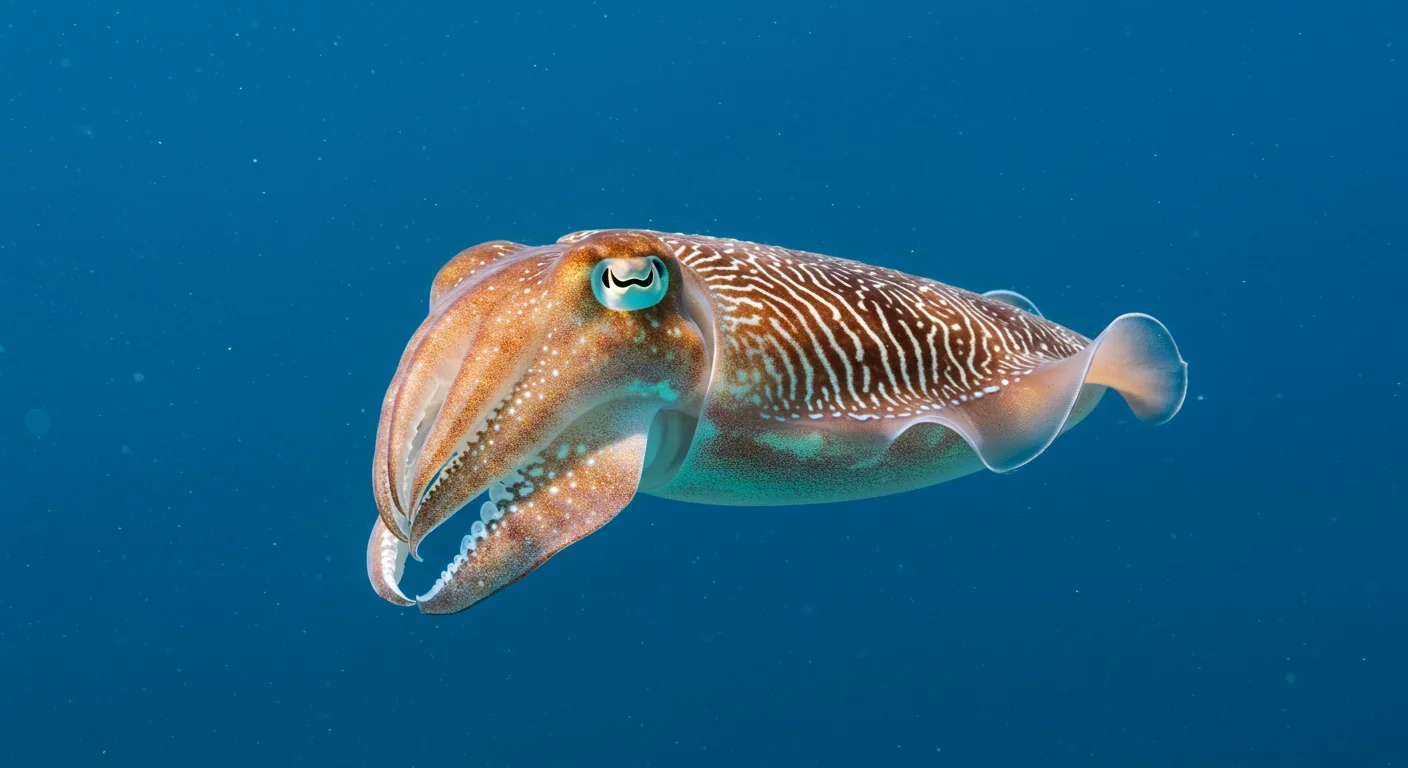
Cuttlefish pass the marshmallow test by waiting up to 130 seconds for preferred food, demonstrating time perception and self-control with a radically different brain structure. This challenges assumptions about intelligence requiring vertebrate-type brains and suggests consciousness may be more widespread than previously thought.
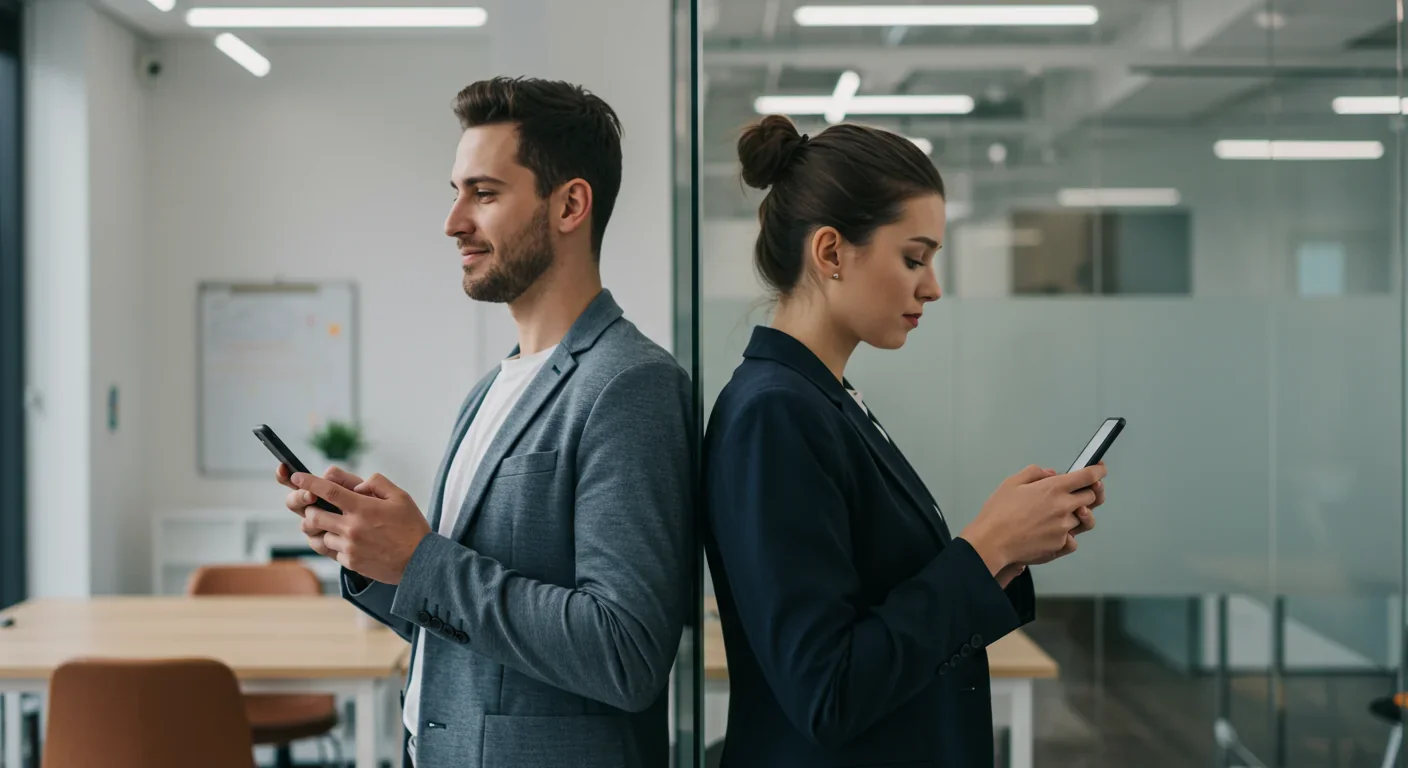
Epistemic closure has fractured shared reality: algorithmic echo chambers and motivated reasoning trap us in separate information ecosystems where we can't agree on basic facts. This threatens democracy, public health coordination, and collective action on civilizational challenges. Solutions require platform accountability, media literacy, identity-bridging interventions, and cultural commitment to truth over tribalism.
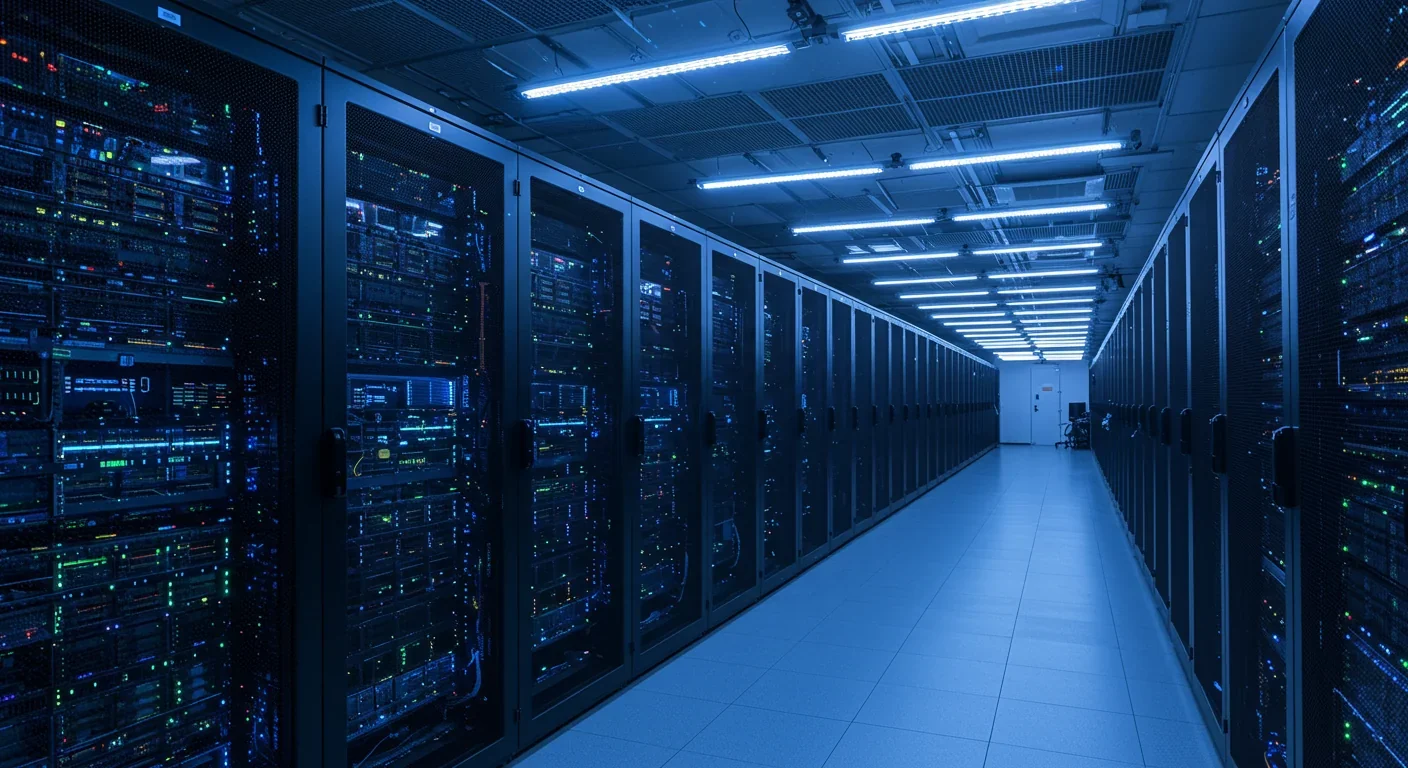
Transformer architectures with self-attention mechanisms have completely replaced static word vectors like Word2Vec in NLP by generating contextual embeddings that adapt to word meaning based on surrounding context, enabling dramatic performance improvements across all language understanding tasks.